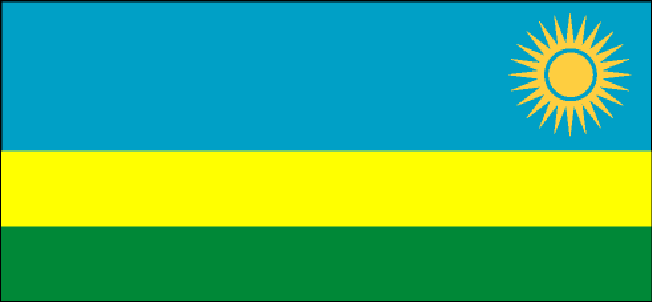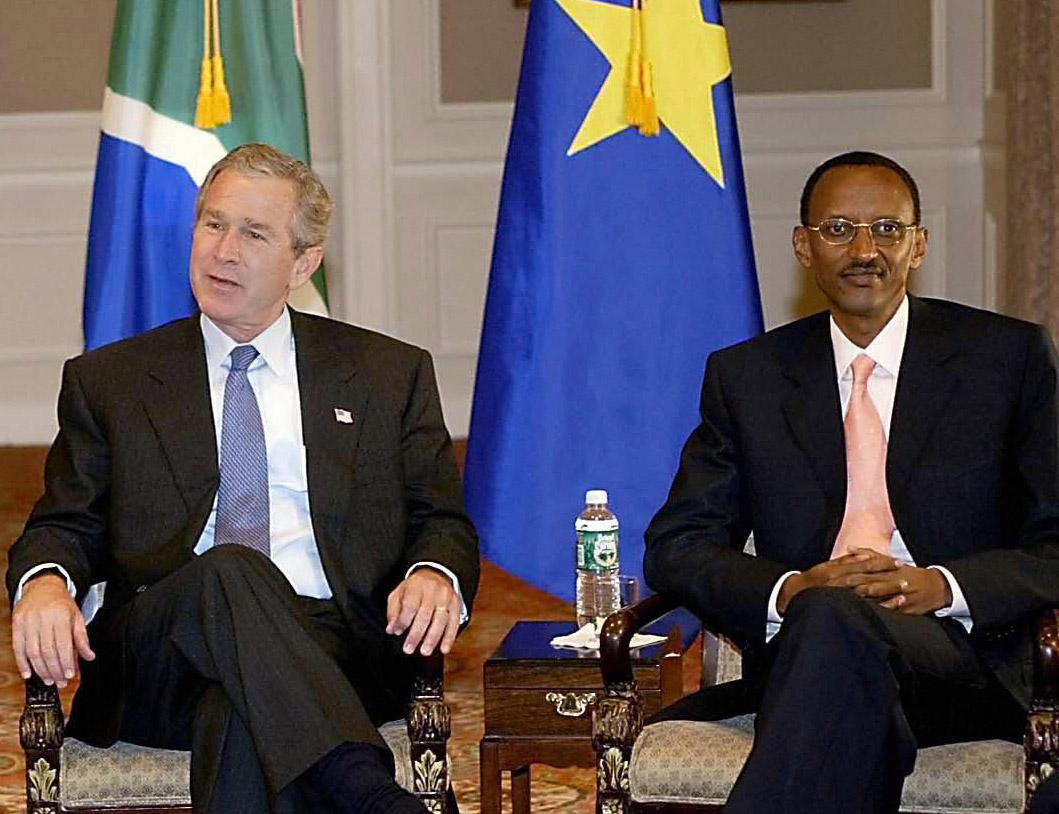Rwanda - Political Summary

It wasn’t until 2003 when the ban was lifted off political organization in Rwanda. Their first elections after the war took place in August and September of 2003. The government faced many difficulties as over 2 million refugees returned to Rwanda, but the government prohibited any form of discrimination by ethnicity, race or religion. Also they heavily discouraged any use of Hutu or Tutsi identities being used in any politics.
Rwanda constructs its policies by using the system of a presidential republic. This entails that the president of Rwanda is both the head of state and head of government. They also have a multi-party system allowing parties to obtain control of government. The people of Rwanda elect a president who then serves a seven-year term. The president then chooses a Prime Minister and the Council of Ministers; these are who make up the executive branch. The government and the two chambers of parliament influence the legislative branch, making and amending laws. Parliament consists of the Chamber of Deputies and the Senate. There are 80 members in the Chamber of Deputies, with 53 of them serving a 5-year term, along with a requirement of 24 females. Then there are 26 members of the Senate who are elected or appointed to serve an eight-year term. In an addition previous presidents can ask to be a member of the senate. Rwanda is dominantly one party, mostly adhering with the Rwanda Patriotic Front. Although other parties are allowed to run, the likely hood of them gaining power is very slim. With 93% of Rwandans voting in favor of balance in political power they have a good chance of achieving ethnic equality.

(President Bush, U.S.) (President Kagame, Rwanda)